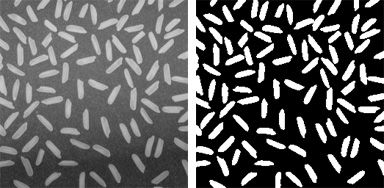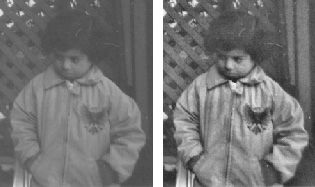Enhancement methods in image processing
Image enhancement is the process of adjusting digital images so that the results are more suitable for display or further image analysis. For example, you can remove noise, sharpen, or brighten an image, making it easier to identify key features.
Here are some useful examples and methods of image enhancement:
- Filtering with morphological operators
- Histogram equalization
- Denoising
- Linear contrast adjustment
- Median filtering
- Unsharp mask filtering
- Contrast-limited adaptive histogram equalization (CLAHE)
- Decorrelation stretch
The following images illustrate a few of these examples:

Correcting nonuniform illumination with morphological operators.

Enhancing grayscale images with histogram equalization.

Deblurring images using a Wiener filter.
Image enhancement algorithms include deblurring, filtering, and contrast methods. For more information, see Image Processing Toolbox™.
Examples and How To
-
Image Processing Made Easy (19:16) (Webinar)
-
Image Deblurring (Blog)
-
Image Contrast Enhancement Techniques (Example)
-
Noise Removal with Blind Deconvolution (Example)
Software Reference
- Analyzing and Enhancing Images (Documentation)
- Removing Noise from Images (Documentation)
- Image Enhancement and Restoration (Function List)
- Image Processing Tools (MATLAB Apps)
- Filtering with MorphTool (MATLAB App)
- Convolution (Documentation)
See also: Steve on Image Processing (blog), image segmentation, digital image processing, image transform, image analysis, geometric transformations and image registration, image processing and computer vision, feature extraction, optical flow, color profile, image analysis, image thresholding, edge detection, image registration, affine transformation, point cloud, 3D image processing, denoising
